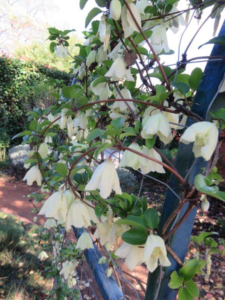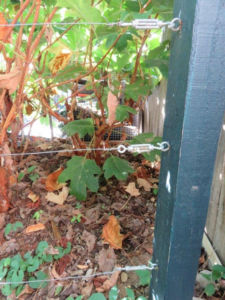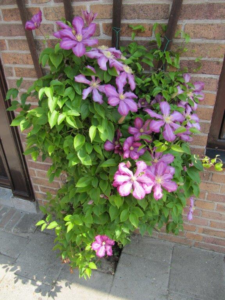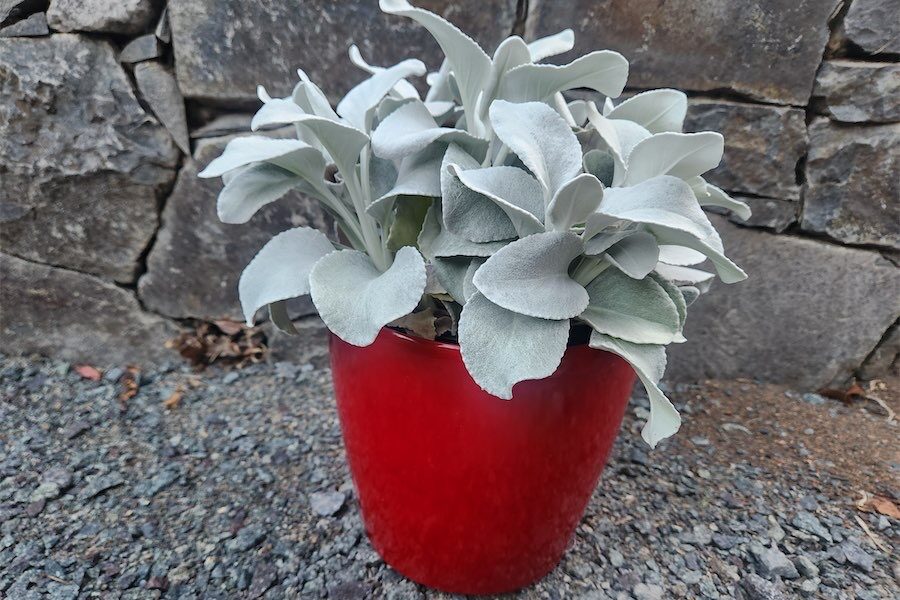Gardening columnist CEDRIC BRYANT loves the speed at which clematis grows in spring.
CLEMATIS is a magnificent climber that thrives almost on neglect.

Its European name originates from the Greek klematis referring to climbing plants, although they are native to China where they have grown wild for centuries.
There are about 295 species in the genus of clematis, with many hundreds of cultivars constantly being bred. Almost all clematis originate from Clematis florida (nothing to do with the US) from China. Interestingly, records show it was introduced into England from Spain in 1569.

The exciting part for me is the speed of many varieties’ growth after winter dormancy when they’re cut to about 40 centimetres high. Within a few short weeks in spring, the shoots are nearly two metres long, with flowers appearing from mid-October.
I have five varieties at home, trained on horizontal wires placed about 40 centimetres apart on vertical 60-centimetre square posts. I’m tempted to plant more, as it doesn’t matter if the different varieties tangle through each other.
They love full sun, although it’s important they have cool roots. An old roofing tile placed over the roots at planting time will do it. They can be grown in containers on balconies or in restricted spaces, such as the ones I spotted growing on a footpath in Holland.

I’ve seen spectacular, large-flowered varieties Margot Koster, Polish Spirit, Arctic Queen, Venosa Violacea, Snow Queen and Ruby Glow for sale, and undoubtedly there will be many more at local plant outlets.
I’m not in favour of buying them online, with repeated stories of plants arriving damaged. It’s also preferable to see the actual plant so you can judge how healthy it is. Keep in mind there are also varieties of clematis that are dormant in summer and flower in winter, such as Napaulensis and Wisley Cream, seen above growing over an arch in our garden.

I ALWAYS use reusable Velcro plant ties for tying clematis on to support wires. They come in a roll 12 metres long by a millimetre wide, and are readily available from garden centres or DIY stores. I do not use the green plastic-covered wire ties, which can cut into the soft bark of new shrubs and if left on, can ring-bark the plant; possibly killing it. When you get new plants home, take these ties off immediately.
AS the drought continues in vast areas of NSW and Queensland, so the dust storms here increase. As a result, plants can end up coated in a thick layer of dust that affects how the leaves breathe. It is important to regularly hose off the dust.
I RECOMMEND trimming evergreen hedges such as box, Camellia sasanqua and viburnum now, before the heat sets in. Remember to keep the top narrower than the base for even distribution of light.
Who can be trusted?
In a world of spin and confusion, there’s never been a more important time to support independent journalism in Canberra.
If you trust our work online and want to enforce the power of independent voices, I invite you to make a small contribution.
Every dollar of support is invested back into our journalism to help keep citynews.com.au strong and free.
Thank you,
Ian Meikle, editor




Leave a Reply